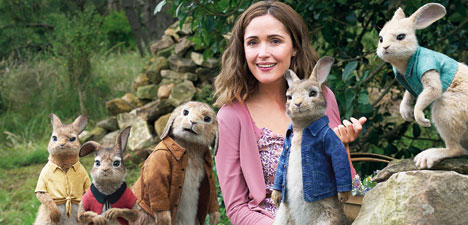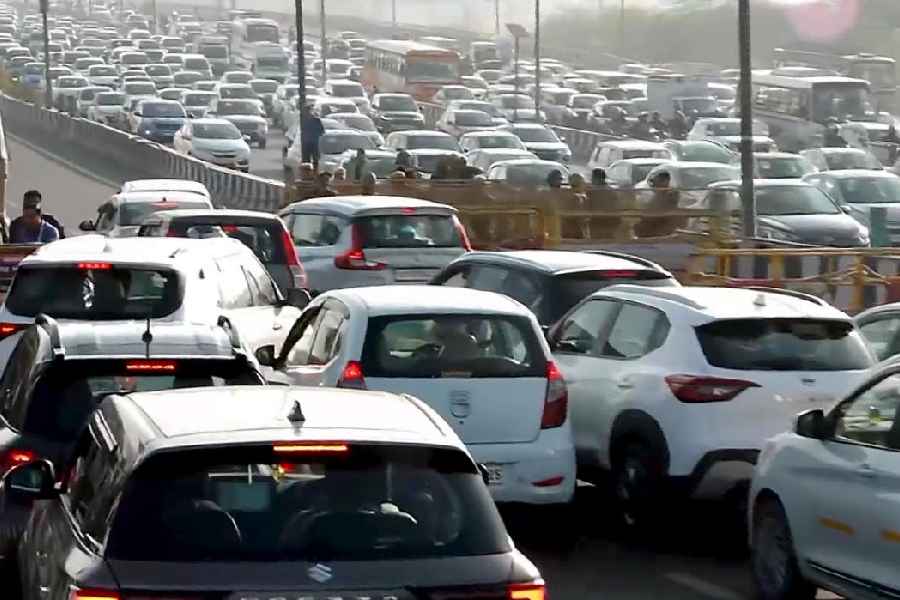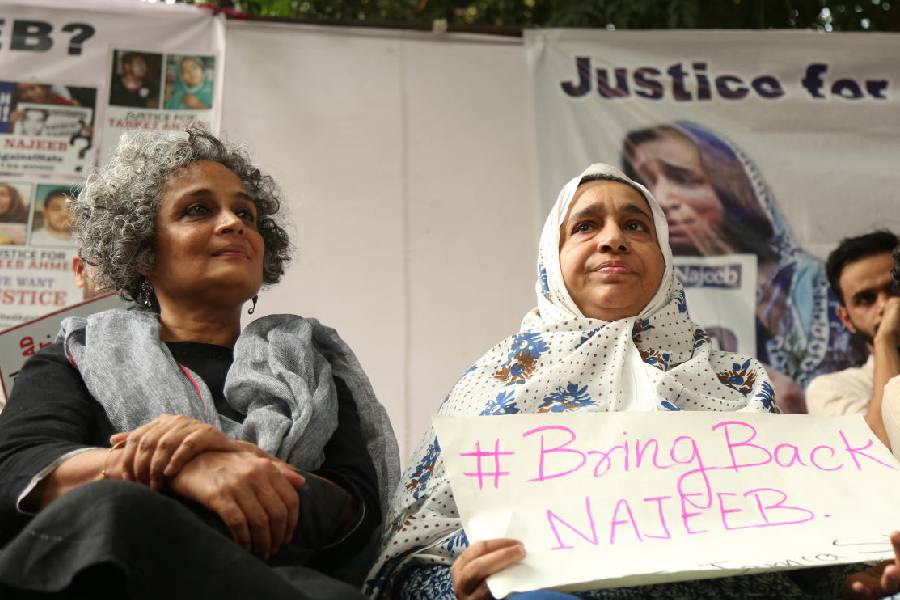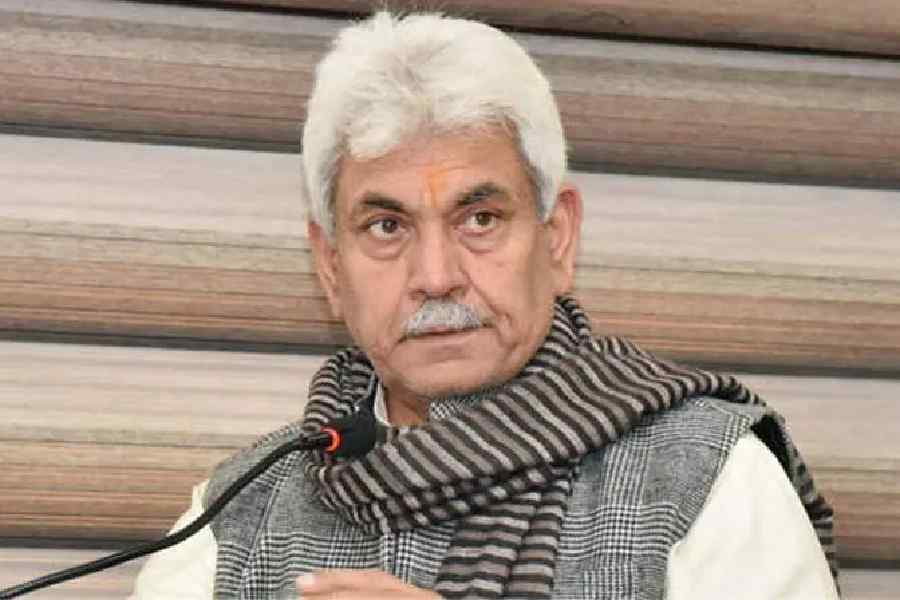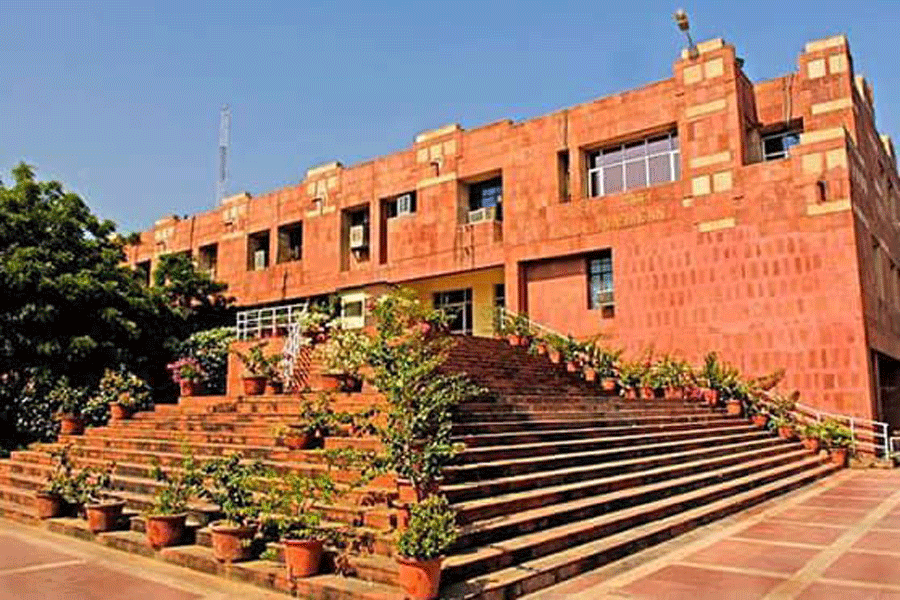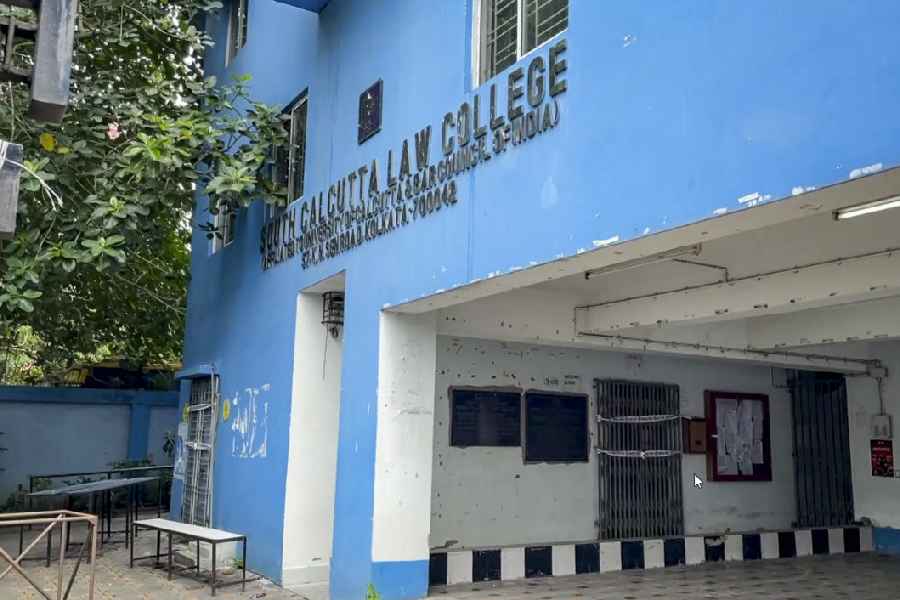
In Peter Rabbit, the mischievous and adventurous hero who has captivated generations of readers now takes on the starring role of his own contemporary comedy. In the film, Peter’s feud with Thomas McGregor (Domhnall Gleeson) escalates to greater heights than ever before as their fight to gain control of McGregor’s coveted vegetable garden and the affections of the warm-hearted animal lover who lives next door (Rose Byrne) extends to the Lake District and London. James Corden voices the character of Peter with playful spirit and wild charm, with Margot Robbie, Elizabeth Debicki, and Daisy Ridley performing the voice roles of the triplets — Flopsy, Mopsy and Cotton-tail.
THE STORY
“When I was a kid, my dad read me the Peter Rabbit books, so I always had an emotional tie to him — and when I had kids, I read the books to them,” says Will Gluck, the co-writer/director of the famous bunny’s first big-screen adventure, Peter Rabbit. “The thing I love most is that Peter is a little mischief-maker. I thought it was a great opportunity to take that little nugget, what Beatrix Potter gave Peter, expand that personality trait and make it our own contemporary story.”
And who better to give Peter his voice than James Corden, a mischief-maker in his own right, who puts aside the wit and gets emotional when it comes to playing the impish rabbit in a little blue coat. “It’s a wonderful story that owes everything to Beatrix Potter,” he says. “I felt incredibly honoured that Will thought my voice could lend itself to this adored rabbit. I met a kid who was so excited, he said, ‘You’re going to be Peter Rabbit,’ and I said, ‘No, Peter Rabbit is Peter Rabbit, he just needed a voice for this film.” In the film, Peter’s war with Old McGregor, keeper of the vegetable garden, takes a turn when the old man kicks the bucket (a victory Peter is all too happy to claim for himself). But when his great-nephew, Thomas McGregor, inherits the place, Peter realises that the battle for control of the vegetable garden — and the heart of their next-door neighbour, Bea (Rose Byrne) — has only just begun.
THE CONNECT
Susan Bolsover, director of licensing and consumer products for Frederick Warne & Co. Ltd, part of Penguin Random House, thinks that the movie will connect with 2018 audiences in a similar way that the book did for readers in 1902 because those themes of adventure and mischief are timeless. “I think Beatrix Potter was able to reach so many people with The Tale of Peter Rabbit because it’s a funny, timeless story that captures children’s imaginations,” she adds. “Beatrix understood the importance of talking to children on their own level and created a story, set in the natural world that all children would recognise with themes that would be universally appealing.”
Another way that the filmmakers honoured the Potter legacy was by filming scenes in England’s Lake District, a part of the English countryside where Potter lived and became a huge influence on her work; after her death in 1943, Potter bequeathed most of her estate — her farms, her land, her artwork, her sheep — to the National Trust, which has been looking after that legacy for more than 70 years.

THE CAST
“The cast of the film is an embarrassment of riches,” says Gluck. “We were very lucky to get all these people, and we used the actors’ expressions when we started building the animation, so the characteristics of Peter and the other animals are embodied by the voice cast.”
Peter Rabbit is an impetuous, mischievous, but good-hearted rabbit who lives in a burrow with his sisters and cousin Benjamin Bunny. Despite being caught many times, Peter can’t help but sneak into his garden to steal fruits and veggies for his family and his lack of fear gets him into trouble often.
“It was always the dream to have James as Peter; we essentially wrote the role for him,” says Gluck. “He has the ideal combination of exuberance and sweetness and is of course very, very funny.”
“He thinks he has power and ability beyond what’s expected of him. He has that confidence and zest for life — the type of rabbit that doesn’t say ‘why,’ he says ‘why not,’” says Corden.
McGregor’s next-door neighbour, Bea, has given up the city life to move to a small cottage to attempt to prove herself as a painter. She feels isolated, save for a set of diminutive, furry friends: the rabbits. Peter is her favourite, and she is his.
Rose Byrne takes the role. “Bea is stubborn and determined, but she’s also torn. Her talent lies with her animal paintings, not her human portraits, but she doesn’t take that form seriously and hence doesn’t feel like a true artist,” she says. “The animals are her friends and her family, a bit like Snow White meets Jane Goodall.”
Thomas McGregor has risen through the ranks of London’s famed department store Harrods, working diligently — some might say obsessively — towards the post of Associate General Manager, only to find that the position has gone to a man who doesn’t deserve it. When he inherits the McGregor manor (and its attached vegetable garden), Thomas sees a chance to sell it in order to finance his own toy shop. A man who wants everything neat, tidy, and in its place, Thomas is about to meet his match in Peter.
“What’s the worst place you could put someone like Thomas? In a dirty garden with little rabbits trying to mess it up,” says Gluck. “He’s driven to distraction.”
THE SHOOT
The film’s location and studio shoots took place in London, in the Lake District, and in Sydney, Australia. The Australian part of the shoot was scheduled for the early months of the year. Sydney offered a particularly beautiful, verdant location — Centennial Park, one of the oldest planted spaces in Australia, laid out by English gardeners and containing English trees — in which to construct the McGregor manor and Bea’s cottage. “We built a world that we hope looks exactly like it did in Beatrix Potter’s books,” says Gluck. “We took every little detail, reverse engineered what it would look like in the context of the real world, then built it.”
Roger Ford, who had helped craft the visual worlds of the Babe films, the Narnia films, and P.J. Hogan’s Peter Pan, was engaged as the film’s production designer. His first major task was the design and construction of the manor house and the cottage.
“Several of us went to the Lake District on a research trip,” says Ford. “The manor house we built is very typical of the construction techniques of the region, and Bea’s cottage mimics Beatrix Potter’s Yew Tree Farm cottage, a white stucco building with a slate roof.” On set, both buildings were built from timber and plywood and covered in burlap, with the stonework and roofing made of plaster. For Bea’s cottage, however, Gluck and Ford decided to construct a building with a complete interior — unusual for a feature film. Though it’s usually most efficient to build a shell exterior and shoot the interior scenes on a soundstage, the unique requirements of Bea’s cottage turned that on its head.
“A lot of the action takes place in Bea’s glass-roofed conservatory,” notes Ford, explaining that every scene shot in the conservatory would have to look out, through the glass, onto the McGregor manor and the vegetable garden.
FILMING IN HARRODS
Peter Rabbit is one of the very few films for which the world’s most famous department store, Harrods, allowed filming inside their Knightsbridge, London store.
Harrods is exceptionally busy, welcoming thousands of visitors every day, so hosting a film of the scale of Peter Rabbit inside the historic building was no easy feat.
The store has over 7,500 employees working on the shop floor, and has been selling toys based on characters from Beatrix Potter’s books since at least 1910. Potter was a local Knightsbridge resident, and there are references to Harrods in the personal diary she kept as a 17-year-old girl.
“McGregor works at a place that is symbolic of a bustling city — just the opposite of where Peter Rabbit lives,” says executive producer Jodi Hildebrand. “Harrods is an iconic place with a long, intimate connection to Beatrix Potter and her world — it was a perfect fit for us, and we were ecstatic that they were very excited to have us — they went above and beyond to host the shoot. We shot exteriors during the day, and interiors at night, outside of the store hours. They were late, long nights, but it was an incredible place in which to film.”
Security was tight — from 9pm until 9am, the doors were locked while filming took place. Staff from various departments — from the toy department to the store’s engineers to the cafeteria staff, who donated their restaurant space for the 100-person crew to eat in — were personally involved in making the shoot possible.

